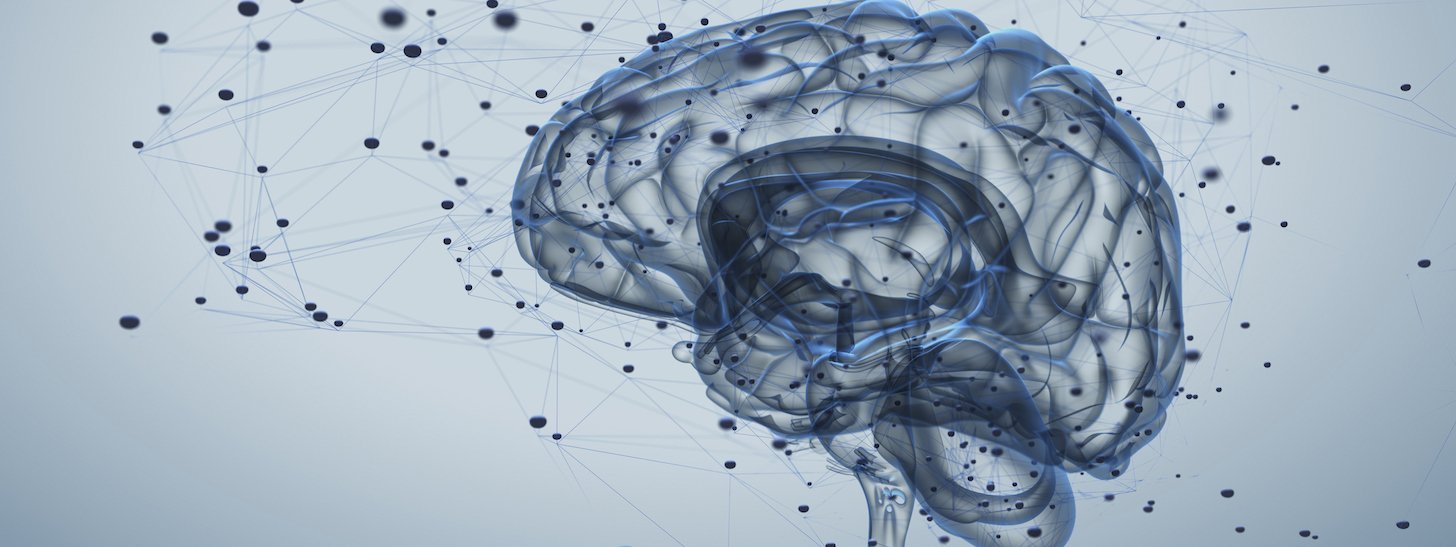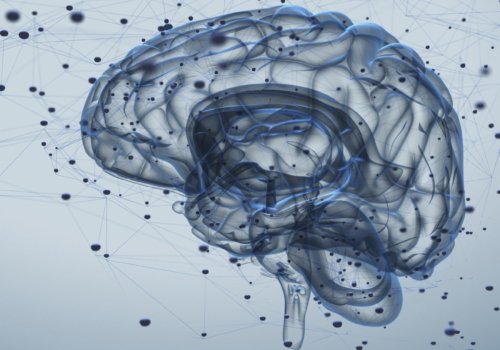
Research Summary: High School Start Times
Headache®: The Journal of Head and Face Pain recently published Later high school start time is associated with lower migraine frequency in adolescents.
In this study from the November 2020 issue of Headache, Amy Galfand, MD, FAHS, et al., aim to understand how high school start time is associated with headache frequency in adolescents with migraine. The study reinforces recommendations by the American Academy of Pediatrics (AAP) of starting high school no earlier than 8:30 a.m.
Study Overview
- Migraine is a severe neurological disorder affecting 8-12% of adolescents and can lead to missed school and substantial disability.
- New guidelines for migraine prevention in adolescents emphasize lifestyle management to identify and address potentially modifiable migraine contributors, including adequate sleep and maintenance of a regular sleep schedule.
- Although 8-10 hours of sleep per night is recommended for optimum health in teenagers, their circadian phase of sleep delays as adolescents develop, and they often cannot fall asleep until 11 p.m. or later.
- To accommodate adolescents’ sleep physiology, the American Academy of Pediatrics recommends middle and high schools to begin no earlier than 8:30 a.m., but only 18% of schools adhere to this recommendation.
- This cross-sectional internet survey study evaluated headache frequency in US high school students who attend schools starting at 8:30 a.m. or later compared to those who start school earlier.
- Primary outcome: headache days per month (self-reported)
Study Results
- One thousand and twelve (1012) adolescents were enrolled, with 503 in the late group (school starting at 8:30 a.m. or later) and 509 in the early group (school starting before 8:30 a.m.).
- Mean (SD) self-reported headache days/month was 4.8 (4.6) in the late group vs 7.7 (6.1) in the early group (P <0.001), with a mean difference -2.9 (95% CI -2.2 to -3.6).
- Mean (SD) self-reported hours of sleep on a school night was 7.9 (0.9) vs 6.9 (1.3), P<0.001.
- Adjusting for total hours of sleep, sex, taking a migraine preventive, days of acute medication use, hours of homework, grade level, and missing breakfast, mean (SD) self-reported headache days/month remained lower in the late group than in the early group: 5.8 (95% CI 5.3-6.2) vs 7.1 (95% CI 6.7-7.4), (P<0.001).
Implications for Primary Care Clinicians
- Adolescents with migraine who attend high schools with later start times in line with AAP recommendations have lower self-reported headache frequency than those whose high schools start before 8:30 a.m.
- If future studies confirm this finding, shifting to a later high school start time may be an effective strategy for preventing migraine in adolescents.
- The importance of adequate sleep should be discussed with adolescents with migraine.
We hope this study brings changes to your practice and improves the lives of those living with migraine and other headache disorders.
This summary is part of the First Contact — Headache in Primary Care initiative, an American Headache Society program that provides educational resources to empower healthcare professionals and improve headache and migraine care. We encourage providers in all stages of their careers to visit our homepage to access educational tools to improve patient care.


